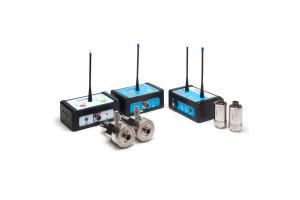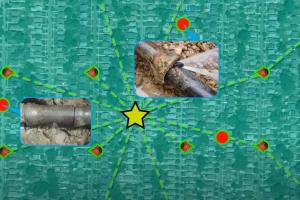Hamilton Water Takes Advantage of Next-Generation Features of EchoShore®-TX
The City of Hamilton is a large industrial port city located at the western edge of Lake Ontario. The city has a population of 530,000 residents. Hamilton Water manages its critical assets with a combination of leak detection surveys, condition assessment surveys, and monitoring. Building on an early positive experience with an EchoShore®-TX leak monitoring system, Hamilton Water expressed interest in partnering with us to build out new features for the EchoShore®-TX system.
Situation
The City of Hamilton’s water department, Hamilton Water, is responsible for the production and delivery of potable water to over 500,000 people. The water is transported by a network of transmission mains that range from 16" to over 90" in diameter. Hamilton Water manages its critical assets with a combination of leak detection surveys, condition assessment surveys, and monitoring. Building on an early positive experience with an EchoShore®-TX leak monitoring system, Hamilton Water expressed interest in partnering with us to build out new features for the EchoShore®-TX system.
Action
We engaged Hamilton Water for a field trial of an EchoShore®-TX system with expanded functionality. In addition to leak detection, the nodes are also equipped with additional input ports to read external sensor data. Provided that the sensor outputs a 4 – 12 mA signal, the EchoShore®-TX node can log the data. The innovation in this next-generation EchoShore®-TX node is the ability to call out alarms based on sensor readings.
This allows Hamilton Water to monitor pipeline parameters and to be notified when the parameters are outside of the normal operating range. For this trial, a water temperature and static pressure were installed and monitored.
Data provided by the node has shown the water temperature increase from springtime to summertime. In a number of instances, the water temperature varied by as much as 3 °C from one day to the next. This information is useful to the utility in understanding how thermal shocks can impact pipeline integrity.
Another node monitored the static pressure in the pipeline.
Data provided by the node has shown the static pressure varies between 50 psi and 62 psi, often within a 24 hour period. This information is useful to the utility in understanding their time-of-day demand and how it can impact pipeline integrity.
Results
While no leaks had formed on the pipeline since the start of monitoring, a number of leaks were simulated and successfully located. One node has monitored the potable water temperature in the pipeline.





